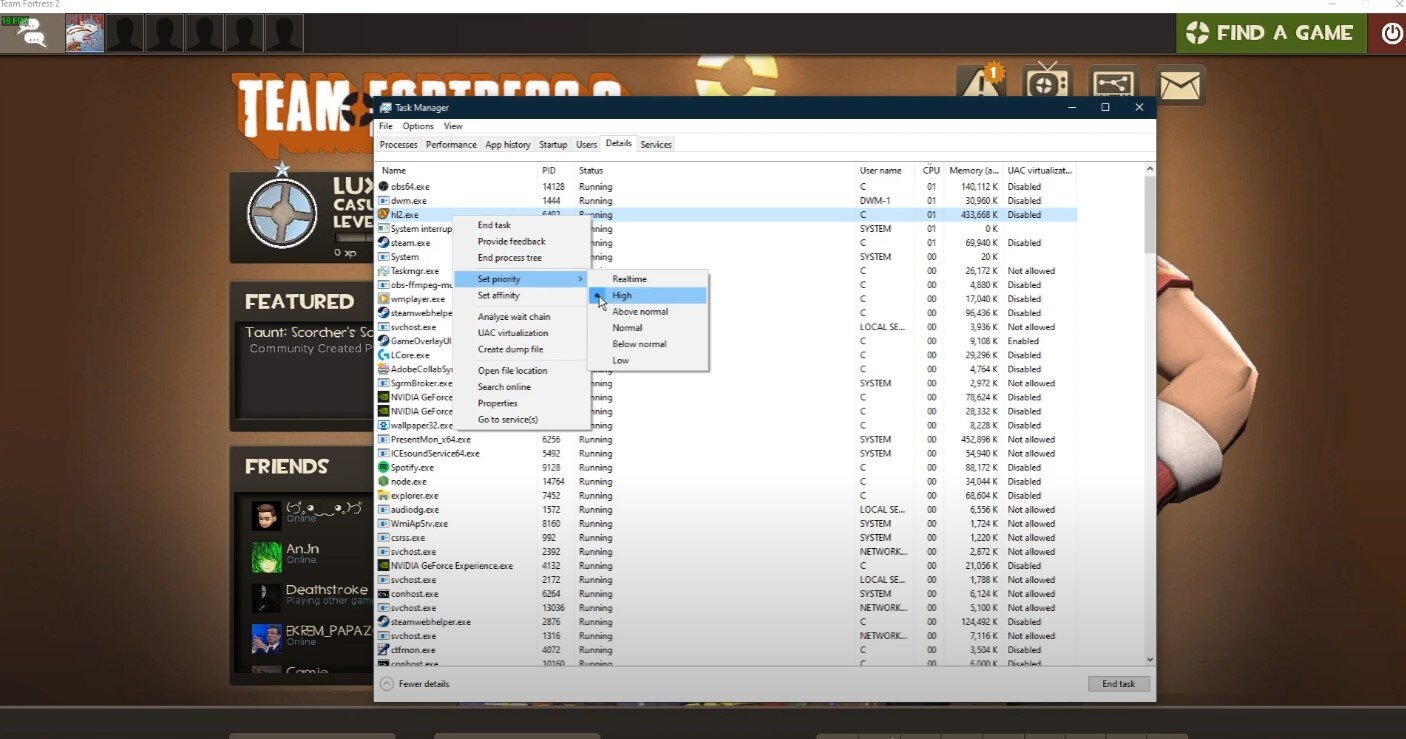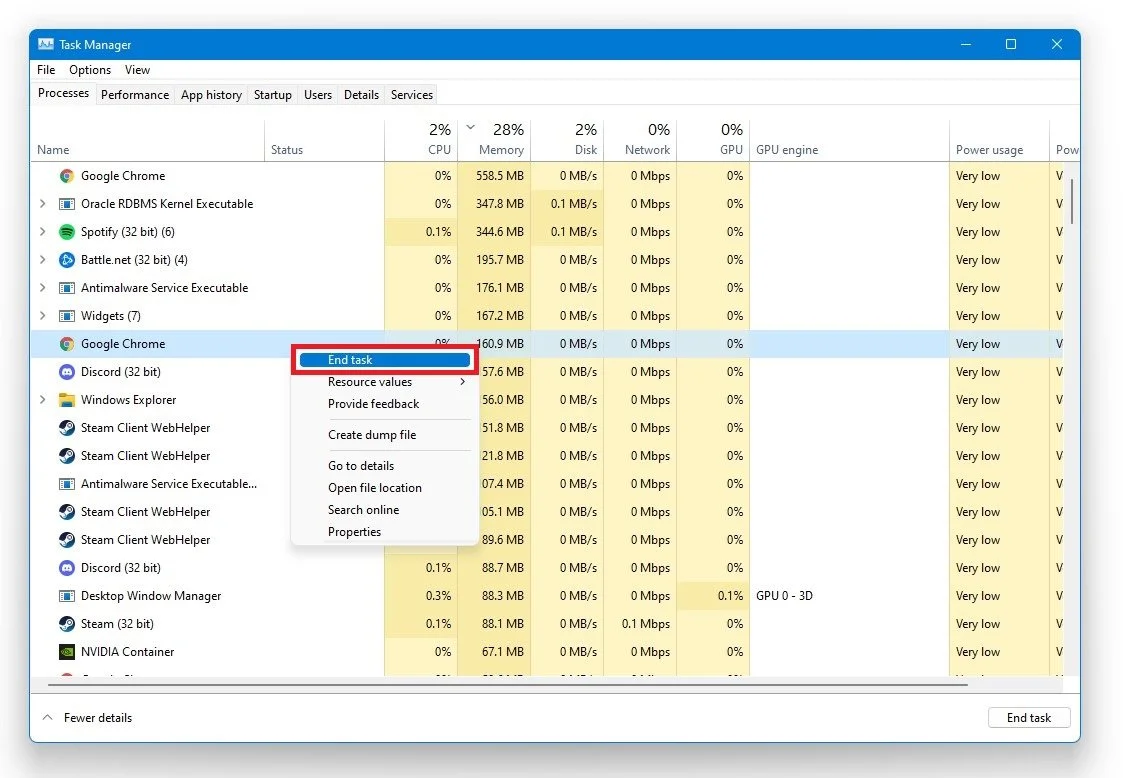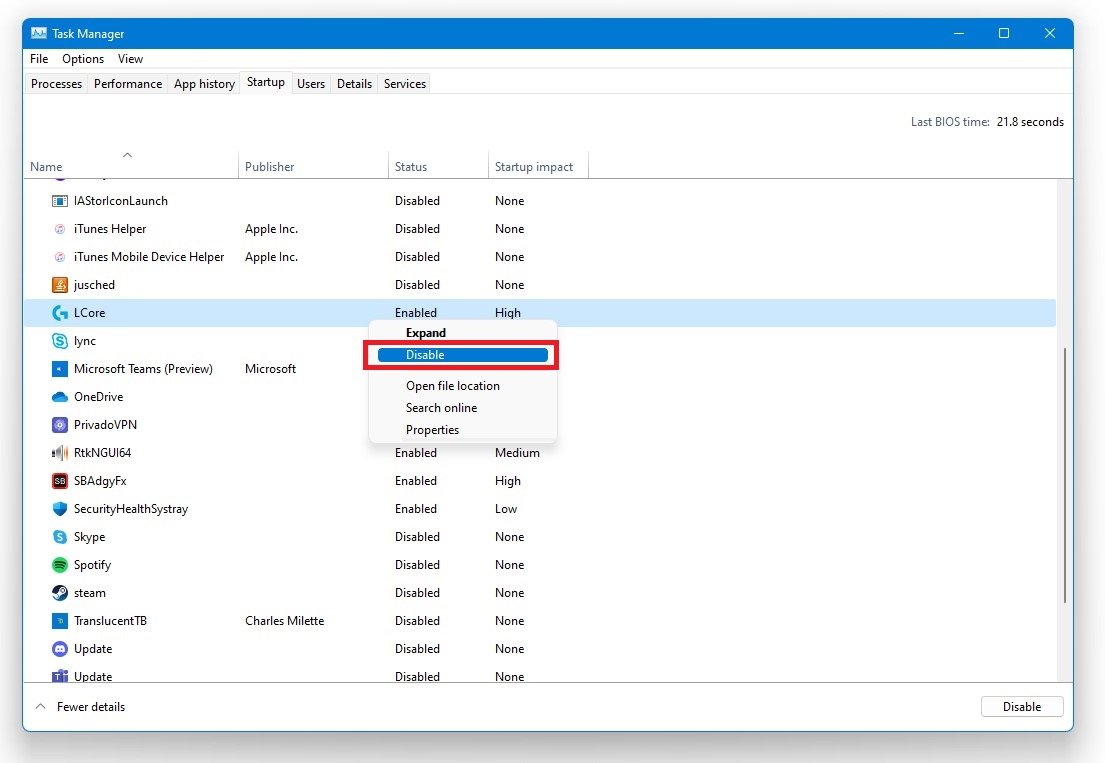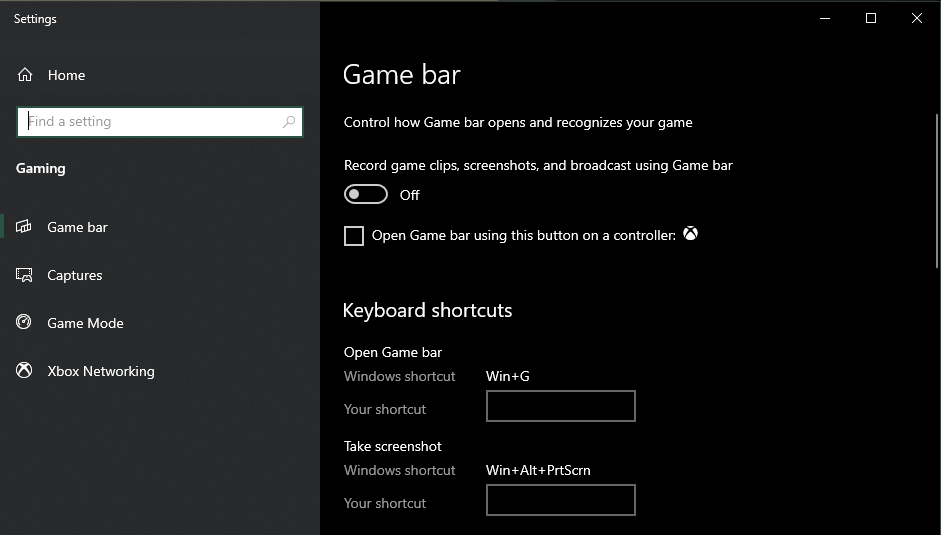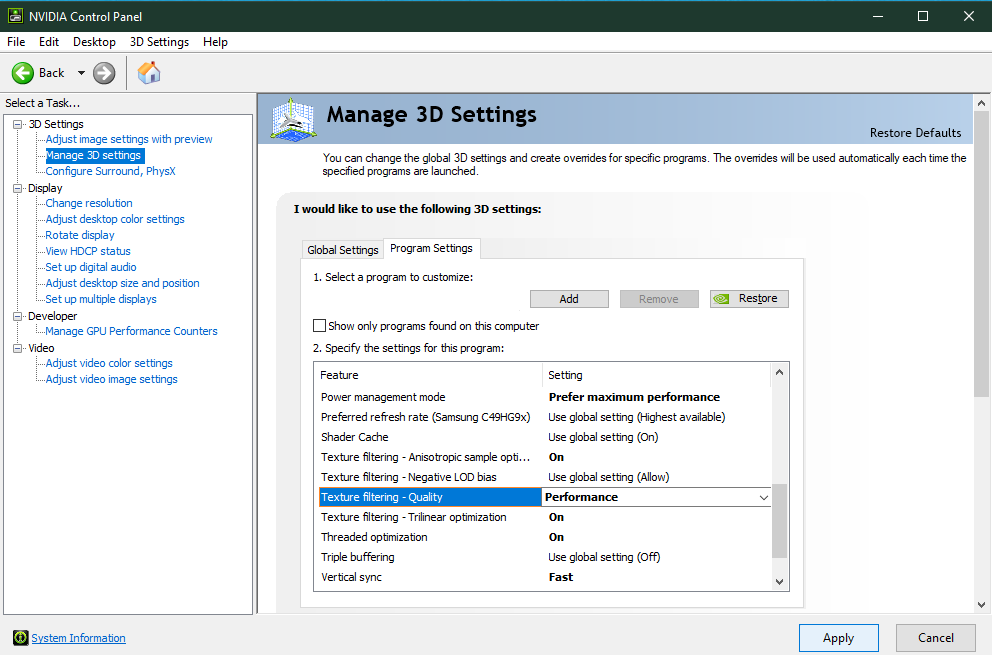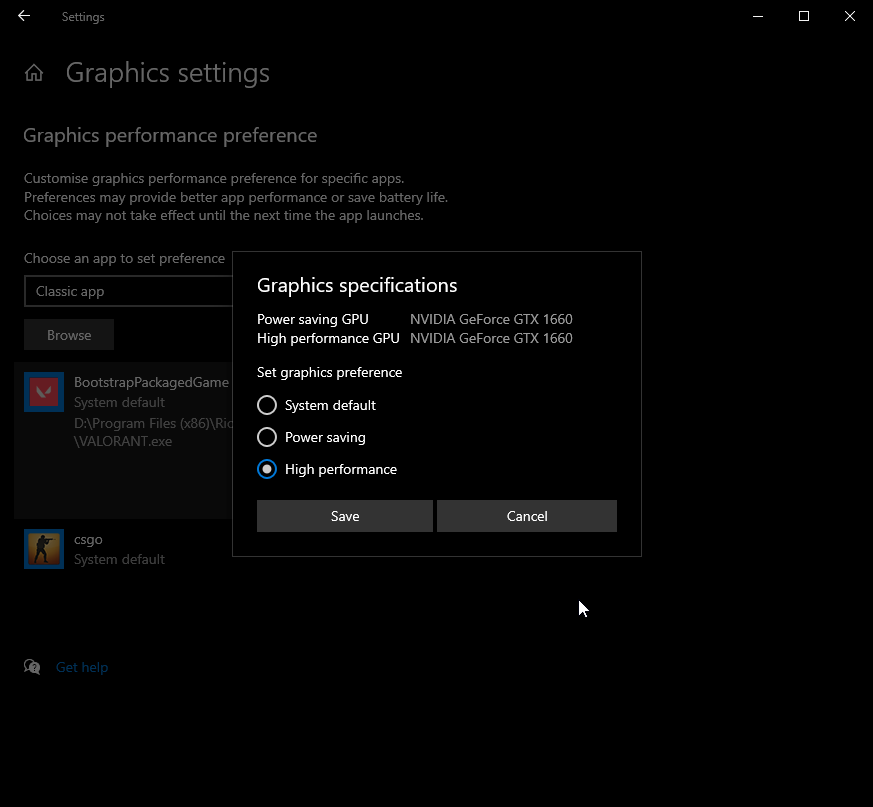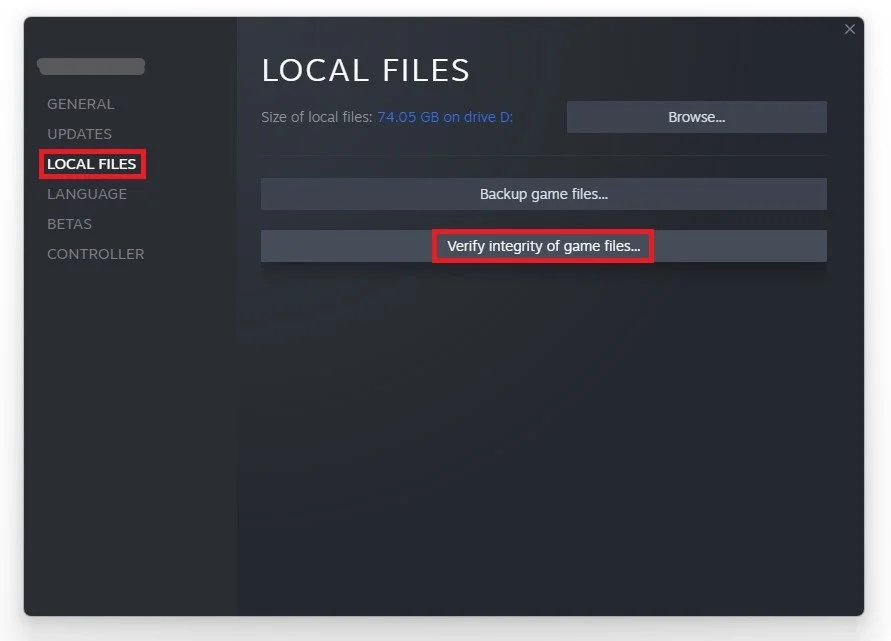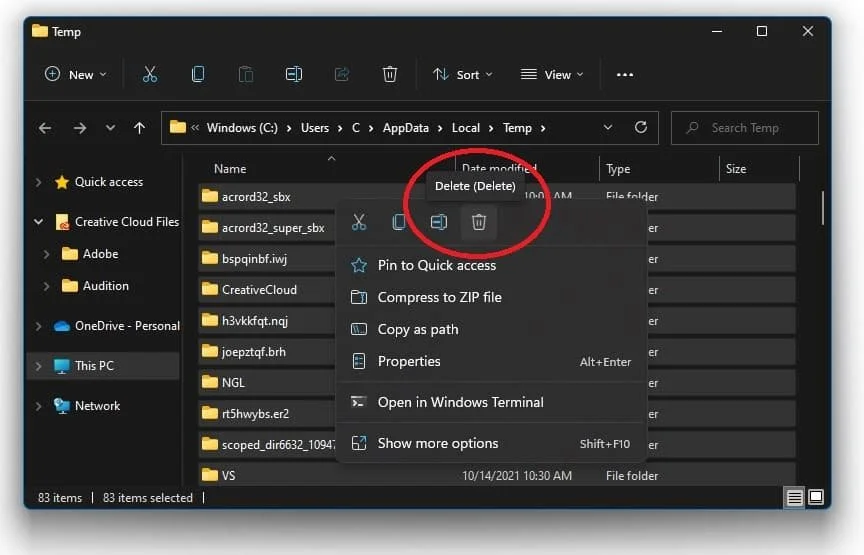Team Fortress 2 - How To Boost FPS for Low-End PC & Laptop
Are you a Team Fortress 2 player struggling with low FPS on your low-end PC or laptop? Don't let hardware limitations ruin your gaming experience! In this article, we will explore the best methods to boost FPS and improve performance in Team Fortress 2 on low-end PCs and laptops. Whether you're a casual or competitive player, our guide will provide you with step-by-step instructions and optimization tips to enhance your gameplay and get the most out of your machine. From adjusting graphics settings to optimizing background processes, we've got you covered.
Adjust the Team Fortress 2 In-Game Settings
Changing your Team Fortress 2 settings usually makes the most significant performance improvement for low to mid-end systems. Open up your settings, and make changes according to your system’s specifications. Most of the setting changes showcased are applicable for low-end PCs. If you experience performance issues while using the recommended system requirements, then follow the next steps.
Video Settings
In your Team Fortress 2 video settings, run the game in your native screen resolution and aspect ratio. If none of the next tweaks helped you as much as you wanted, we suggest lowering the overall game Resolution. This will improve your performance, but the visual quality will suffer greatly. Set the Display Mode to fullscreen, and in your Advanced Video Options, set your Detail Options according to your system’s specs. For low-end PCs, we suggest lowering the Model and Texture Detail options to Low, as these two should use up the most VRAM. Disable Anti-Aliasing, set the Filtering mode to Trilinear, and disable V-sync. Below, you can enable Motion Blur, as it shouldn’t reduce your performance, but I prefer to disable this option. Your FOV can reduce your performance, but if you have some to spare then you can increase this option if you want to. Ensure to enable Multicore Rendering, and don’t forget to apply your changes.
Team Fortress 2 > Settings > Video
Advanced Options
In your Advanced options, scroll down and under Performance Options, disable Weather Effects, disable the HTML Message of the day, and reduce the Multiplayer Decal Limit to around 60. This will depend on your CPU utilization while playing Team Fortress 2, and we suggest lowering it to around 60 for now and playing a game to see how well it runs on your system.
Team Fortress 2 > Settings > Video > Advanced
Change the Team Fortress 2 Process Priority
To further increase your Team Fortress 2 performance on your PC, we will change the application’s priority compared to other programs running in the background. Right-click your taskbar to open up your Task Manager. Right-click the Team Fortress 2 process in the Processes tab and select Go to details. In the Details tab, the application should be highlighted. Right-click the game process and set the priority to high.
Task Manager > Details > TF2.exe > Set Priority > High
This will allocate more resources to playing Team Fortress 2 and should increase your performance, especially if you have other programs running in the background. To reduce the CPU utilization from other programs, we suggest you end some programs from running in the background, which you don't need when playing Team Fortress 2. Only end programs from running, which you know won't break your operating system.
Task Manager > Processes > End Task
In the Startup tab, you can additionally prevent programs from starting up on system boot.
Task Manager > Startup
Update Graphics Card Driver
NVIDIA graphics cards can utilize the GeForce Experience application. Click here to download the application to your system. When the download is completed, open up the application, and in the Drivers tab, select Download. This will download and install the latest GPU update and should take a few minutes to complete.
GeForce Experience > Drivers > Download
Update Operating System
To optimize your system for performance, you should make sure that your operating system is up to date. Simply search for Update in your taskbar search. In your Check for updates system settings window, download the latest update and make sure to restart your PC after that the download is completed. This will help you with Team Fortress 2 performance issues on your PC.
Windows Settings > Windows Update
Disable Xbox Game Bar Recording
Some native Windows 10 settings can reduce your overall performance while playing Team Fortress 2. Disable the Game Bar recording option, as it continuously records your gameplay and audio. In your taskbar search, enter: Game Bar to open up the game bar system settings. Uncheck the recording option. In the Captures tab, additionally, disable the background recording option. These settings will only reduce your performance. If you want to record your gameplay, then we suggest using OBS Studio, or an external capture card if you lack performance.
Windows Settings > Gaming > Game Bar
NVIDIA Control Panel Options for TF2
Making changes to your NVIDIA control panel can be essential. Change a few options in your NVIDIA control panel to improve your system's Team Fortress 2 performance. To open up your NVIDIA control panel, right-click your desktop and select NVIDIA Control Panel. In your control panel, navigate to Manage 3D Settings > Program Settings.
Select Add a program to customize and add Team Fortress 2 from the program list. If you can’t find the game in the program list, click Browse. In your file explorer, you will have to locate the drive and path on which you installed the game and add it to the program list from there. Ensure the CUDA setting is set to your main GPU, set the Power management mode to Prefer maximum performance, and set the texture filtering quality to Performance.
Manage 3D Settings > Program Settings
Change the Team Fortress 2 Graphics Preference
Windows 10 allows you to utilize power user settings, such as your graphics settings. To change your graphics settings, enter Graphics Settings in your taskbar search to open up your native settings. When selecting Browse your file explorer will open up, where you will have to navigate to the drive and path where Team Fortress 2 is saved. After adding the program to your graphics settings list, the operating system lets you choose between the following:
Let Windows choose
Power Saving (Usually Intel HD Graphics)
High Performance (Usually, your graphics card(s)
Specific GPU (Choose which GPU to use)
For the most system performance, use the High-Performance option. If your GPU is bottlenecking your performance, you should set it to Let Windows Decide.
Graphics Settings > Graphics Preference > High Performance
Troubleshoot Performance Problems with TF2
Ensure your Team Fortress 2 files are up to date and complete. In your Steam library, right-click the application and select Properties. A new window will open, where you must select Verify integrity of game files in the Local Files tab. Redownloading and replacing any missing or corrupted Team Fortress 2 files will take a minute.
Team Fortress 2 Properties > Local Files > Verify Integrity of game files
Delete the Windows Temporary Files
Your hard drive might be cluttered with unwanted files. These files will induce lag if not removed properly. You can delete your temporary files manually or use PC cleanup programs, such as CCleaner. These applications are usually the best choice as they will automatically keep your hard-drive clean for you. To manually delete your temporary files, enter %temp% in your taskbar search and hit enter. A new folder will open up. Delete the content of your temporary files folder.
Sometimes, this can take a few minutes if you haven’t done this before. Some files will most likely stay in your temp folder, as these are still in use by your programs. To completely delete these files, you should also empty your recycle bin.
Delete the content of your %temp% folder





